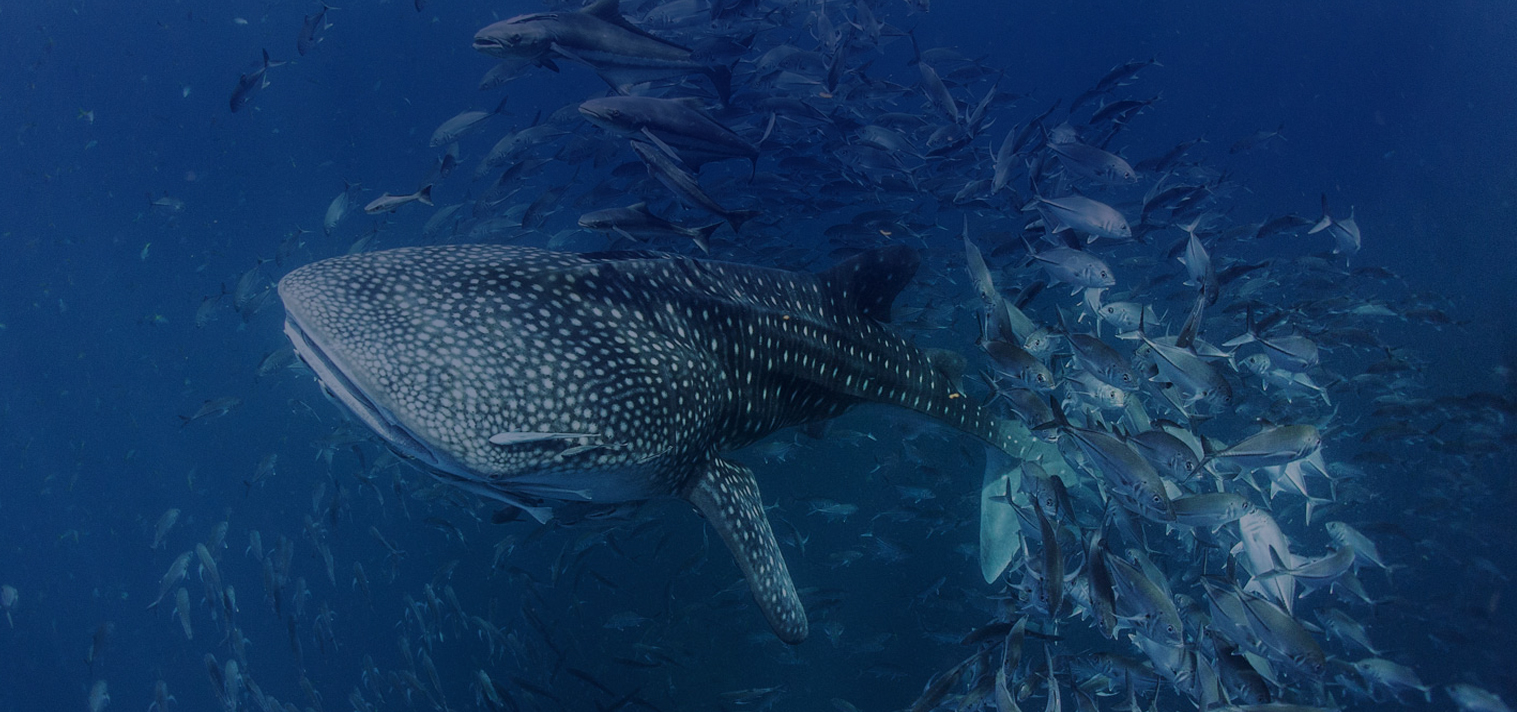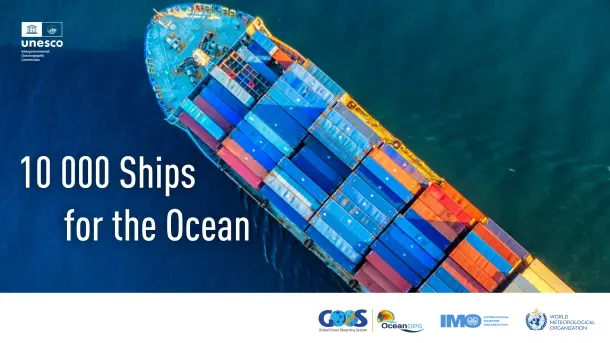The day featured two key events hosted by IOCARIBE, the UN Ocean Decade, and the newly established Decade Coordination Office for the Tropical Americas and Caribbean (TAC-DCO). The morning began with a breakfast meeting with representatives of Caribbean SIDS, aimed at promoting participation in the upcoming Island States Ocean Summit to be held in Tokyo in 2026. At midday, the partners convened the Rio 2027 Ocean Decade Workshop Lunch, which gathered ideas and perspectives to help shape the next UN Ocean Decade Conference in Rio de Janeiro, Brazil, in 2027.

29 October 2025
In parallel, the First Joint Workshop of the Ocean Coordination Mechanism Working Groups took place under the GEF/UNDP/UNOPS PROCARIBE+ Project, while the Caribbean Biodiversity Fund and Environmental Defense Fund co-hosted the session “Financing the Future: Unlocking Sustainable Funding for Caribbean Biodiversity.” Discussions focused on strengthening the links between science, policy, and financing within the framework of the Global Biodiversity Framework.
The Habitats & Ecosystems session featured memorable presentations on mangrove restoration, water quality, and community-led hydrological monitoring.
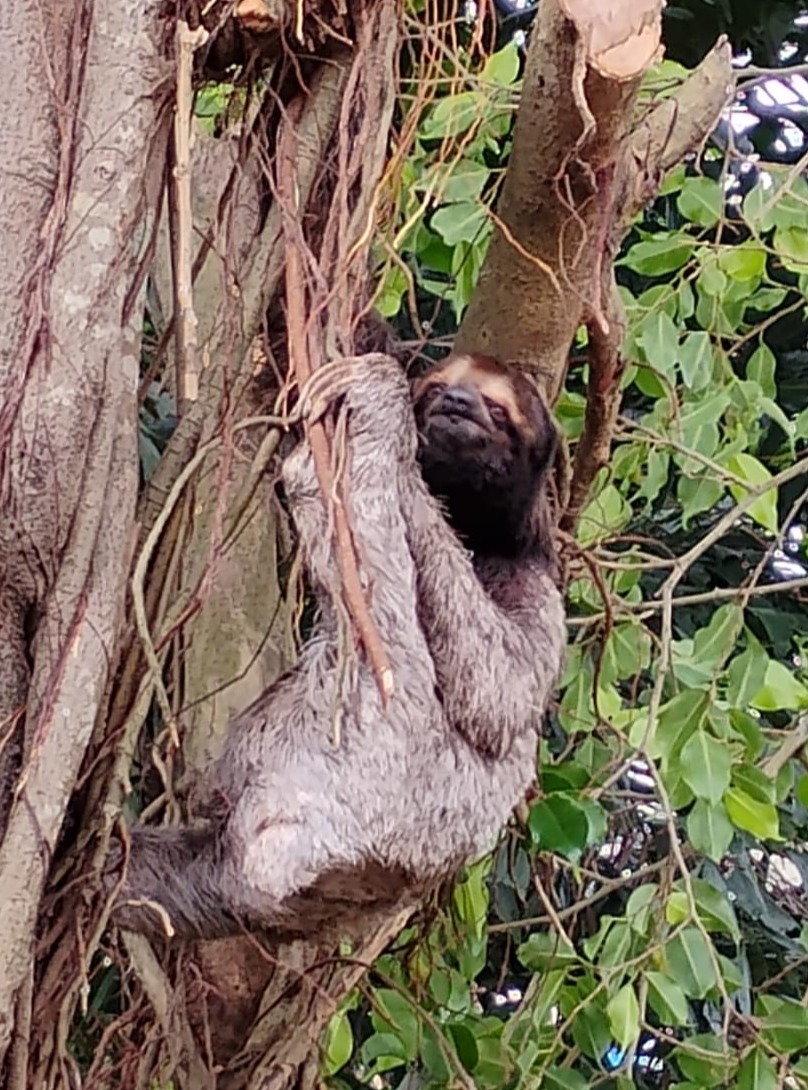
The afternoon offered exciting field trips through Cartagena’s historic sites, followed by the evening’s CineFish Film Festival, where environmental stories from across the region took center stage.
CURRENT NEWS ITEMS

30 September 2025
In the photo (from left to right): Ojo Taiye (Nigeria), Othman Cherkaoui (Morocco), Ruyel Miah (Canada), Angelica Toro (Colombia), Glendon Glasgow (Trinidad & Tobago), Ester Nangolo (Namibia…

17 September 2025
During the session, outgoing Chair Dr. Gustavo Arencibia (Cuba) presented the 2023–2025 progress report, highlighting advances in research, training, and the…
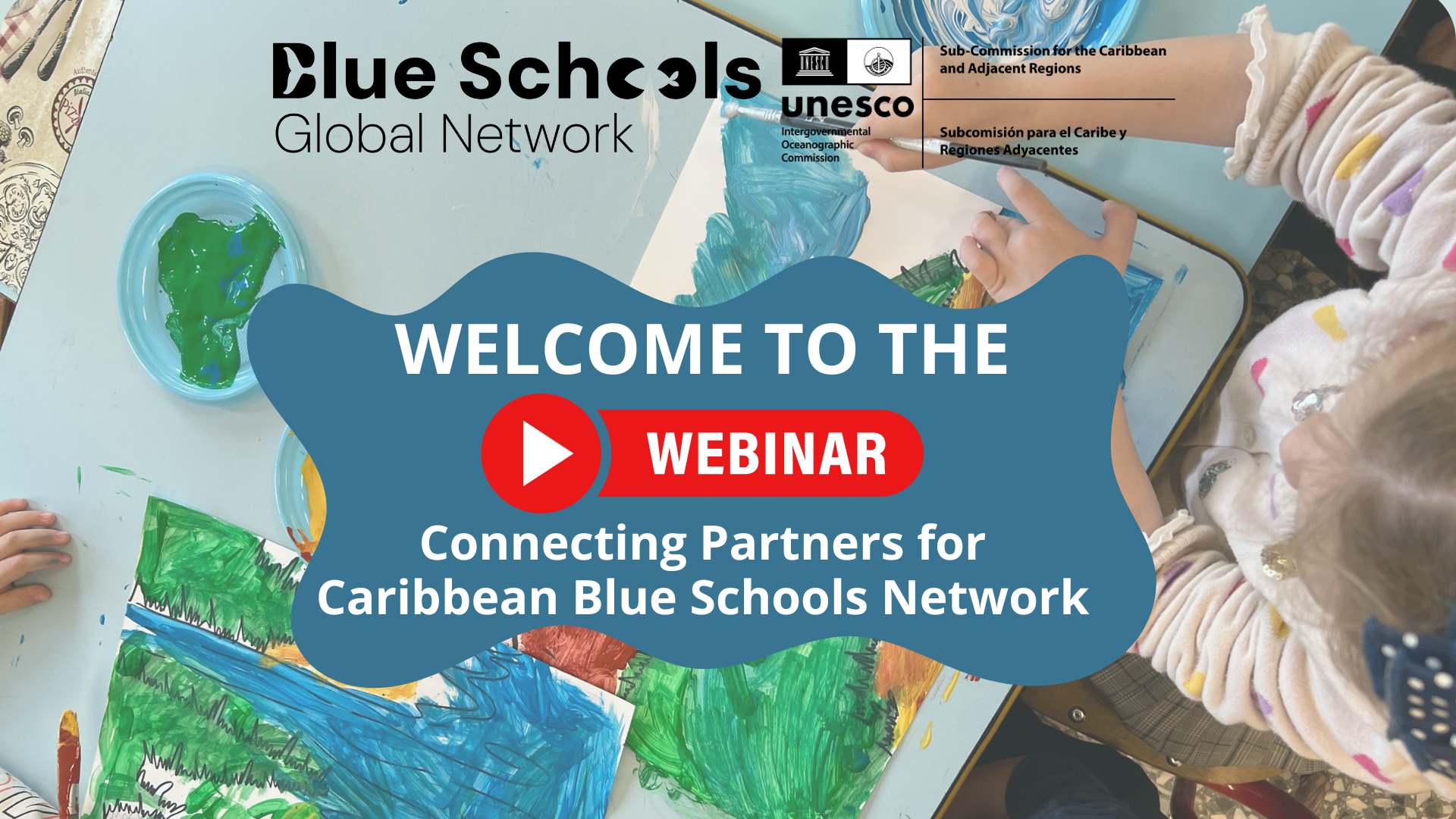
16 September 2025
The webinar highlighted the importance of conducting a regional assessment of OL efforts, as many organizations are already implementing…
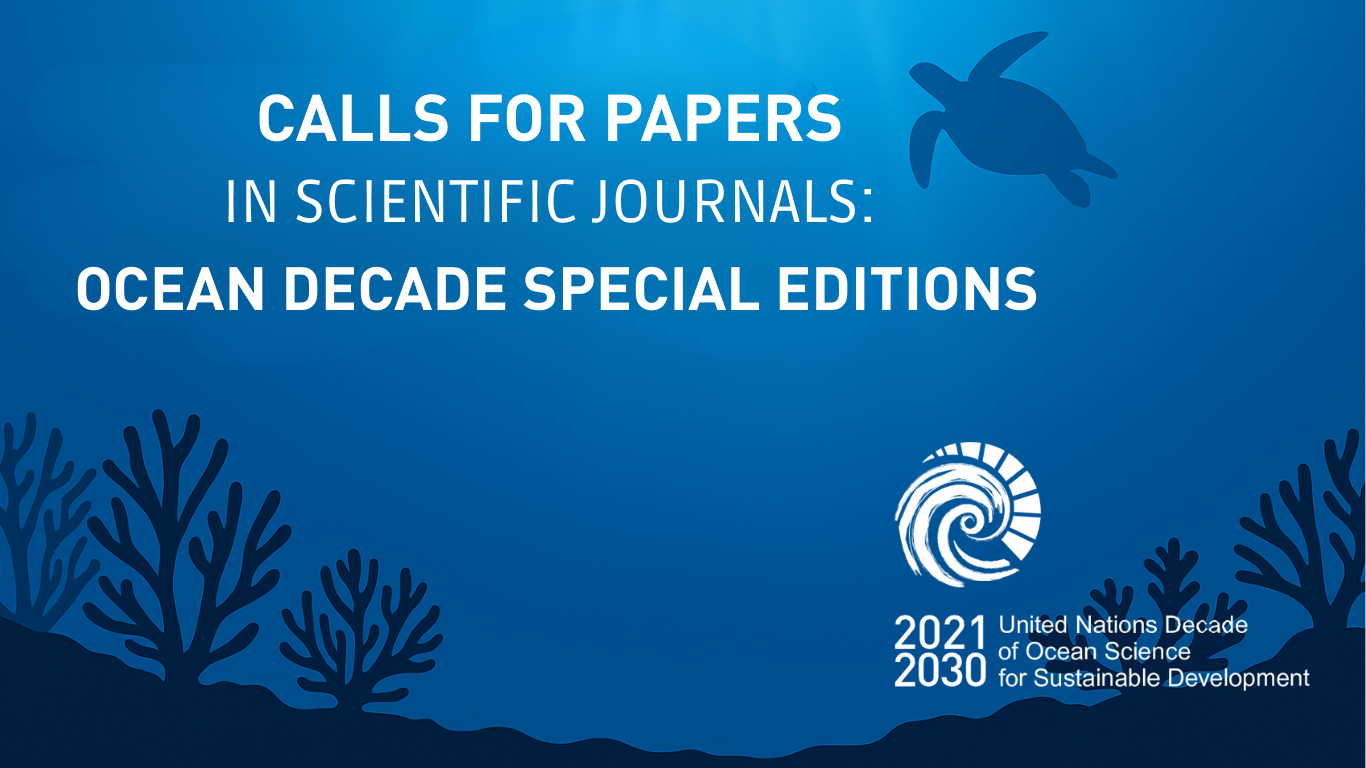
27 August 2025
These initiatives represent a unique opportunity for the regional and global scientific community to showcase research addressing fundamental themes…
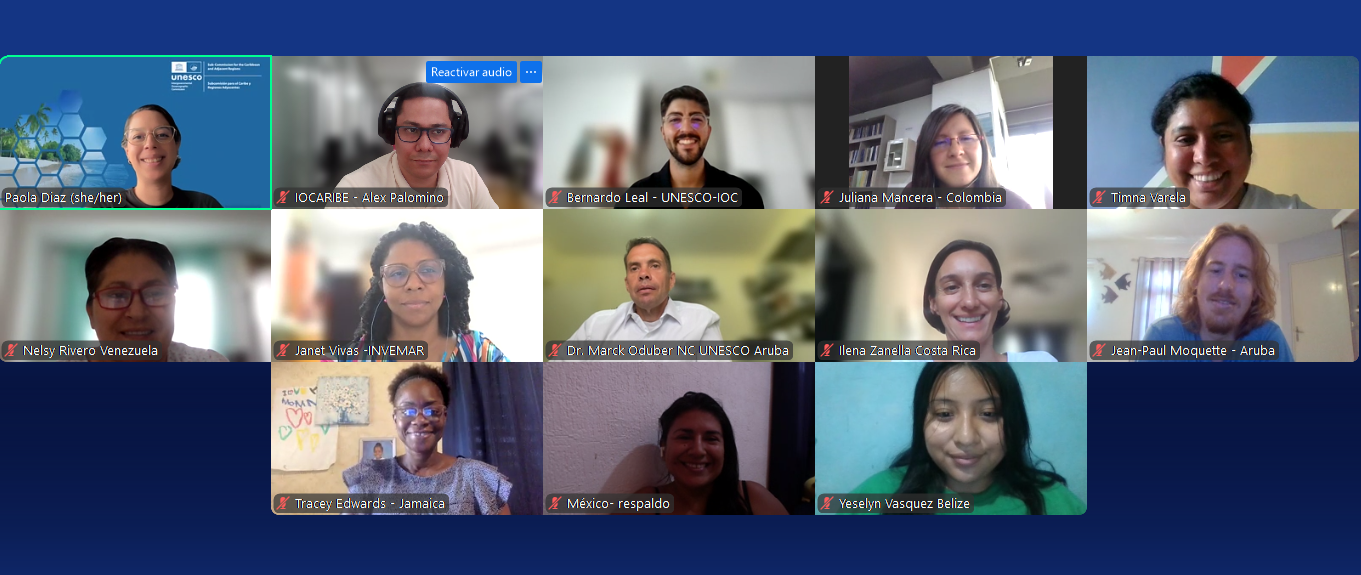
19 August 2025
Many coordinators have already made notable strides in engaging schools in their countries. These experiences form a strong starting…
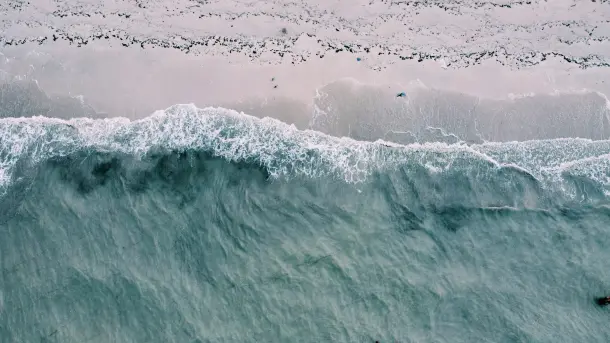
1 August 2025
On the night of 29-30 July, an 8.8-magnitude undersea earthquake struck off the coast of the Kamchatka Peninsula in Russia. This exceptionally powerful earthquake was…
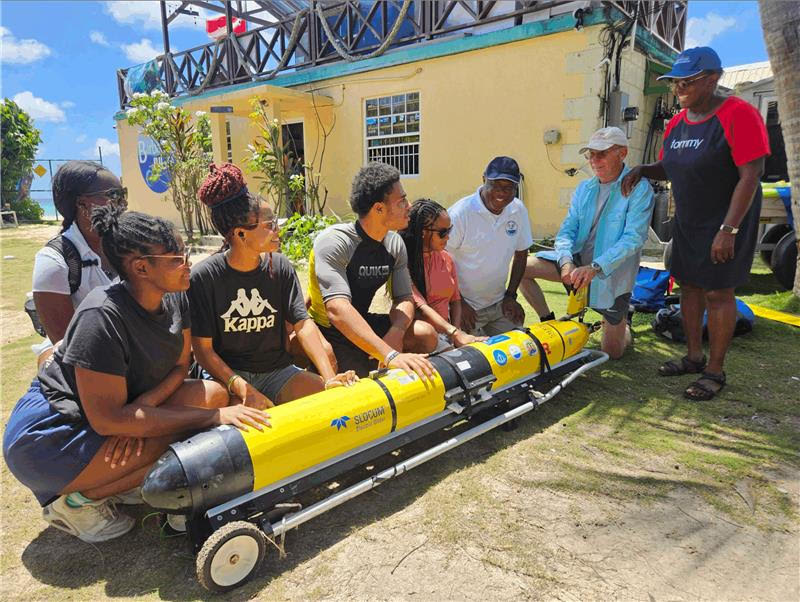
21 July 2025
The RU 29 glider, as part of the OceanGlider network, will dive up to 1 000 metres beneath the ocean’s surface, collecting vital data on temperature, salinity, and…
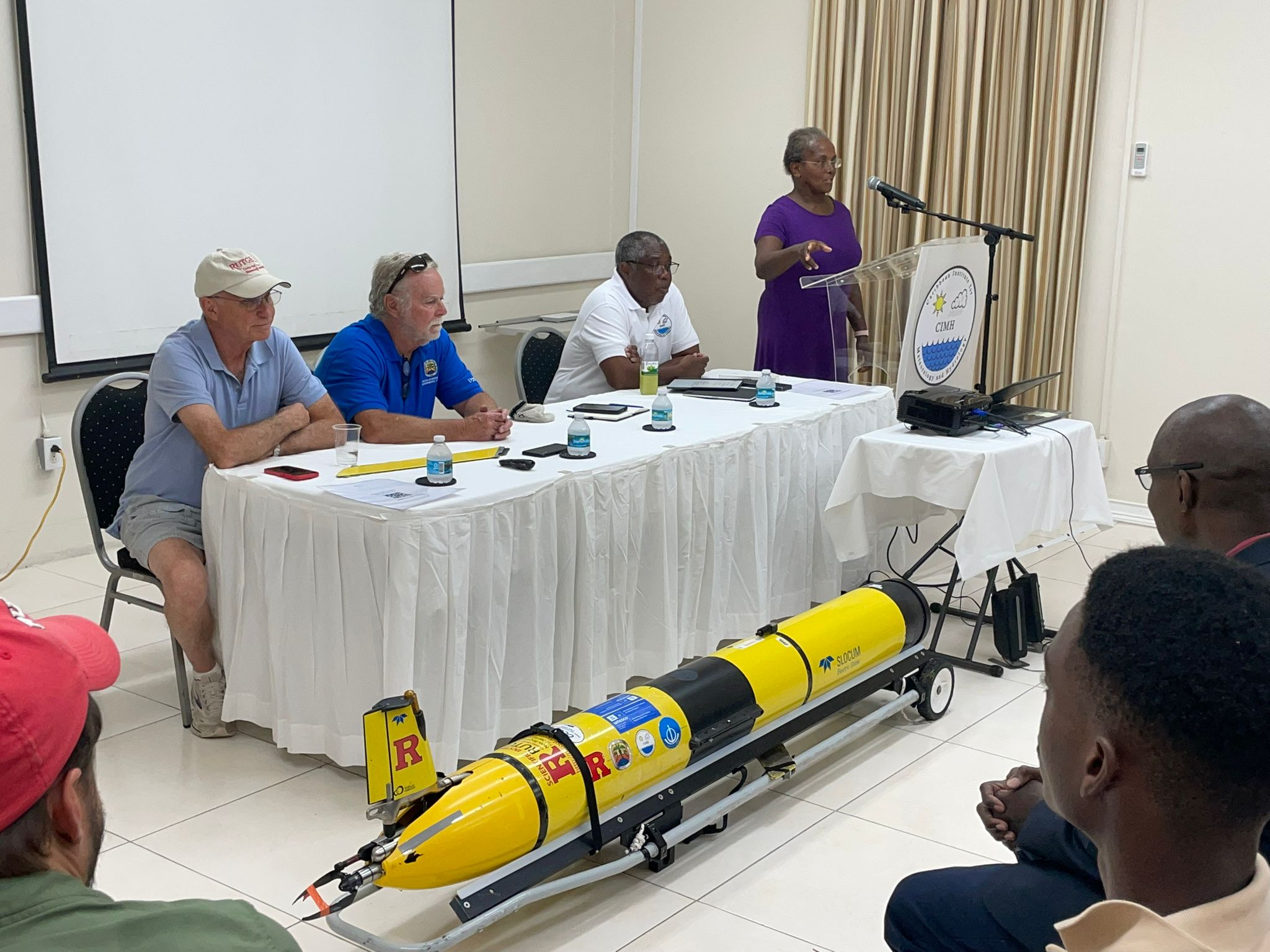
16 July 2025




